14 Times Employees Handled Toxic Jobs Like Absolute Pros

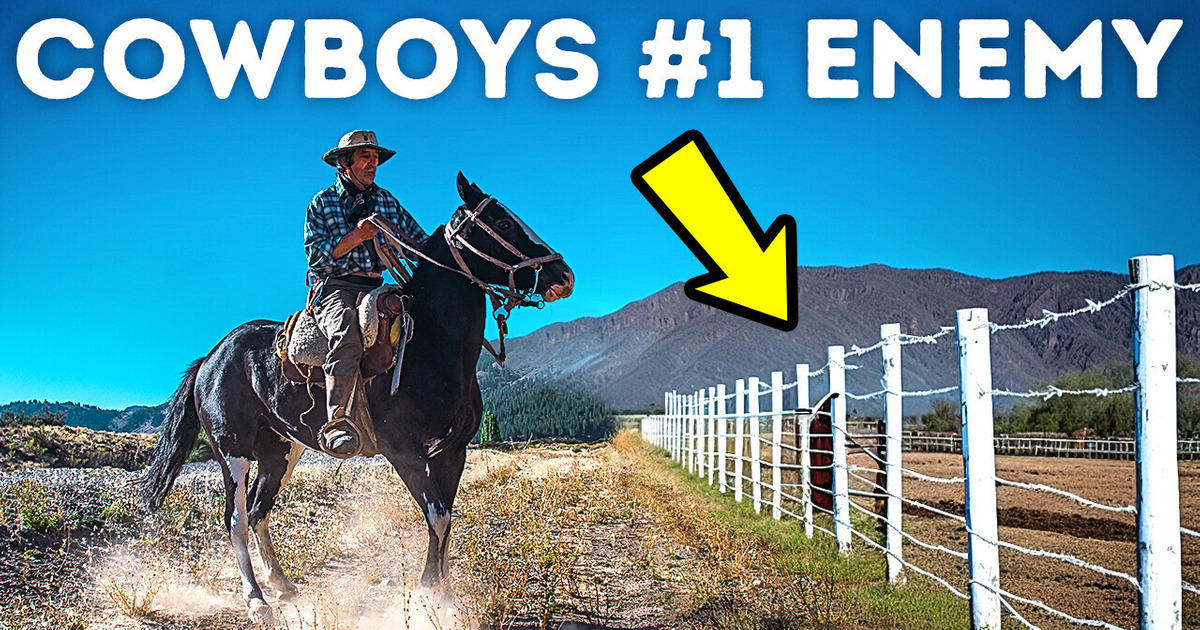
Cowboys, cattle, lasso, tumbleweed, wanted posters, and more; what am I talking about? Manhattan! No that’s not right — it’s the wild west. How about joining me on my thrilling journey of yesteryear?
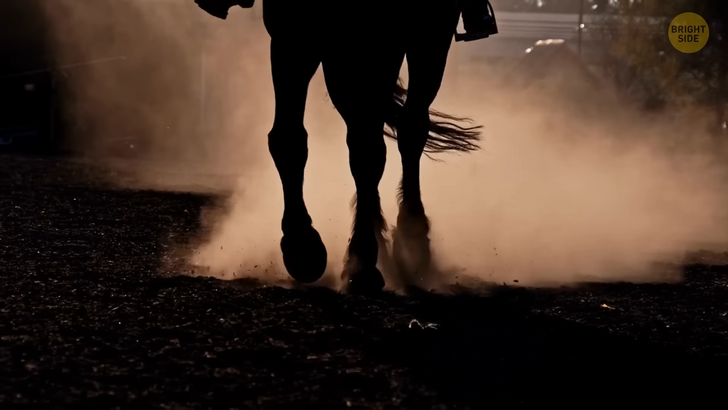
We’re out yonder in the wild West in America during the mid-1800s. In a time when people could do whatever they wanted, they could pretty much always get away with it. But that lawlessness was put to an end by a simple invention; barbed wire, aka the thorny fence. Before this invention, cattle ranchers and cowboys could go wherever they wanted. They used the crops and water of the farmers to feed their herds along the way.
Farmers didn’t have many options to protect their land. Wooden and stone fences were expensive and hard to construct. Some farmers looked for alternatives and even tried using thorn bushes. But, those plants took their sweet time growing out there. I mean, it took way too long to cultivate those bushes. Plus, all of these things could be torn apart easily either by the weather conditions or by the cattle.
Then barbed wire came around. It spread the area in no time among farmers. For cowboys, these wires caused a big problem while transporting cattle. Many cows got wounded or sometimes worse when they scrape along the wire. Cowboys could protect the animals, but they couldn’t create water and crops out of thin air on free land. Since they no longer had access to these consumables via farmers, they eventually lost their jobs.
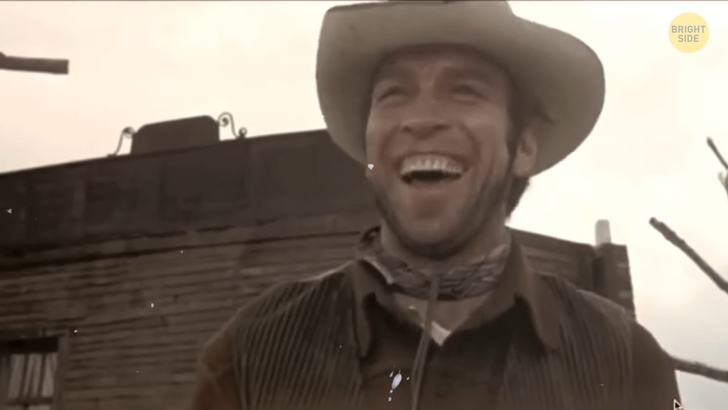
Tumbleweeds are icons of the wild West. This twisted ball is actually not so friendly. It’s a type of invasive weed. It can spread on the land easily and really fast. Today it takes over vast agricultural fields of the arid West. By the end of the 1800s, it was already rolled across many western states, passed the border, and headed to Canada.
It isn’t a native plant, so how did you get here? By ships. No, I mean it. This plant traveled via ships of European immigrants and arrived in South Dakota. When the plant withers, its bushy parts snatch away from the roots and fly away by the wind. It disperses seeds wherever it tumbles.
A botanist was sent to examine the situation in the area by the government in the early 1890s. He reported that in 20 years, about 35,000 square miles of land has become covered with the Russian thistle. In our day, tumbleweeds are both an agricultural nuisance and a fire risk. In fact, sometimes huge pileups bury houses and driveways because tumbleweeds have never stopped spreading.
Did you know that real cowboys weren’t wearing those oversized 10-gallon hats? These were made popular in the 1920s through Hollywood movies. In real life however, cowboys, ranchers, and farmers wore flat-brimmed hats. This is no surprise to me. I also learned that Vikings didn’t actually wear helmets with horns. Yeah, most people imagine Vikings sporting their distinctive helmets, but that’s again a misconception. Research reveal that the famed helmets were discovered nearly 2,000 years before the Vikings. Helmets with curved horns date back to Nordic Bronze Age.
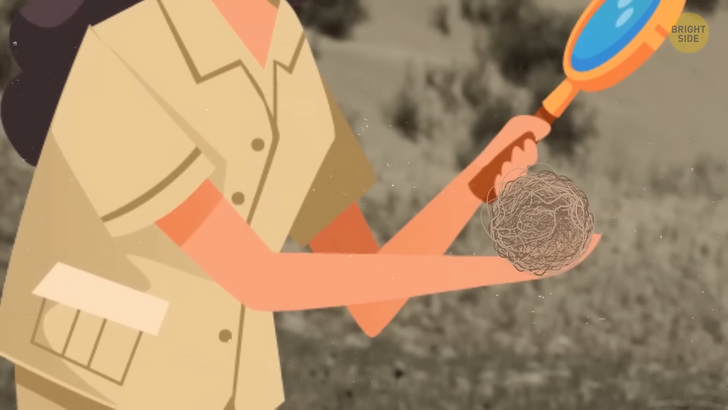
Enough with the Vikings. They can get their own video. Let’s return to the wild west and look closer to camels. Yep, feral camels once ruled the state of Texas. The Camel Corps was constituted in 1856 at Camp Verde. The logic was simple: the environment of the southwest was similar to the deserts of Egypt; arid and harsh.
So, 66 camels were imported from the Middle East to Texas. This experiment worked. Later on, when they were not needed anymore, most of the camels were sold to different places, such as circuses. Some of them were freed to go wild. They escaped, but it’s assumed that none of them remained alive to this day. The last feral camel seen in the area was in the year 1941.
What else is there to talk about in the wild west? Plenty of things, such as the famous California Gold Rush of 1849. It turns out that this wasn’t America’s first gold rush. In fact, not even the second. Imagine a young man working on his father’s field in Cabarrus County, North Carolina. One day founds a funny-looking large yellow rock. Neither he nor his father knew what that rock was. They even used it as a doorstop for some years. One day, a jeweler visited them and recognized the gold nugget. This is how a 17-pound gold nugget was found in 1799. After that, the gold rush was on.
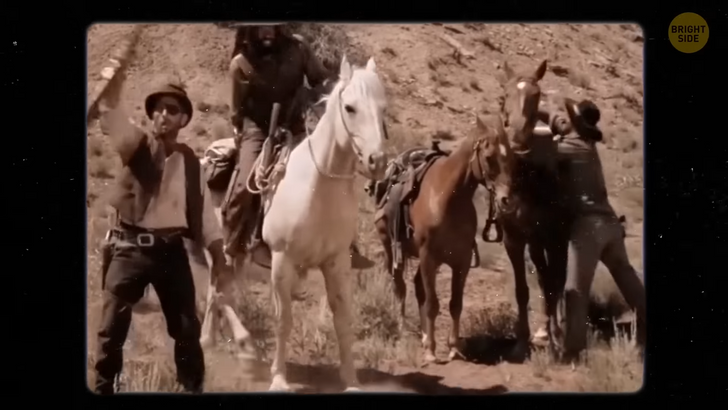
Billy the Kid was a legend when we talk about outlaws back in those days. Let’s meet with him closer. There’s not much info about his early life. He was born in an Irish neighborhood in New York in 1859. He called himself William H. Bonney, although it wasn’t his real name. Around the mid-1860s, Billy and his mother and brother traveled west to Indiana. Soon after, they moved even further west.
At one point, he rode solo, and that’s when he became famous and wanted. He had all these outlaw incidents before the age of 21, which turned out to be his last birthday. Billy’s became an icon and the subject of more than 50 movies. His stardust fame began in 1911 with a silent film, “Billy the Kid.” Imaginative title, huh? Roy Rogers, Paul Newman, Val Kilmer, and Emilio Estevez are some of the well-known actors who have played the role of Billy.
Then there’s that other outlaw, Jesse James, someone else from the wild west that you’d see in a “wanted poster.” In 1876, he broke into the First National Bank of Minnesota with his team. Then they keep raiding banks and trains. After those days, he was buried in the front yard of his farm. End of story? Not quite. As time passed, people who didn’t like Jesse were also gone.
The whole story was almost forgotten, and everything went logically till one point. A man named J. Frank Dalton claimed that he was the “real” Jesse James in 1948, at age 101. The court allowed him to legally adopt the bandit’s name. Interestingly, DNA evidence showed that James was indeed buried in the cemetery. So why did this man come forward years later?
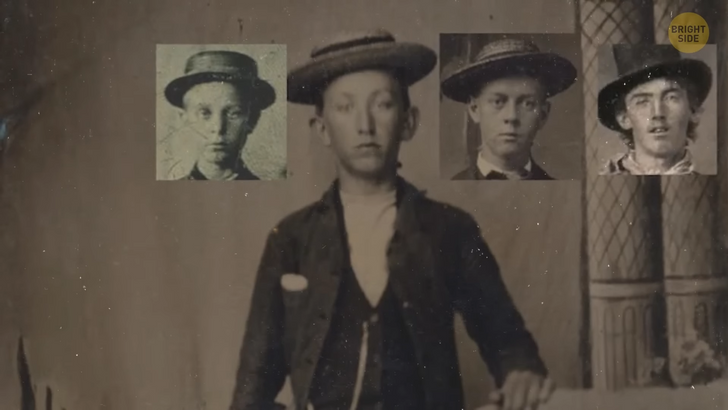
The invention of photography put an interesting twist on the clash between good guys and bad guys. Authorities used photography as a way to show any future lawbreakers the fate that awaited them. Uh oh.
Bronco Billy Anderson is widely regarded as the inventor of the Western film genre. He was the star of the early 1900s. He produced and acted in literally dozens of films. After the groundbreaking “The Great Train Robbery,” movie he decided to build his career on this success by creating the Broncho Billy persona. He wrote and acted in many Western shorts and became the first cowboy idol.
The next fact is about communication. It was a necessity to send messages quickly. Here comes The Pony Express. In the mid-1850s, the service started to operate. Nearly 50 letters and 3 newspapers were transported by horseback from Missouri to California, a nearly 1,200 mile long distance. The horses were ridden fast.
The system worked well because both the mount and rider were changed at 12-mile intervals. I know, I know, it’s a bit too much, but back then, it was effective in terms of reducing the time. The horses can carry messages in about 10 days from the Atlantic to the Pacific coast.
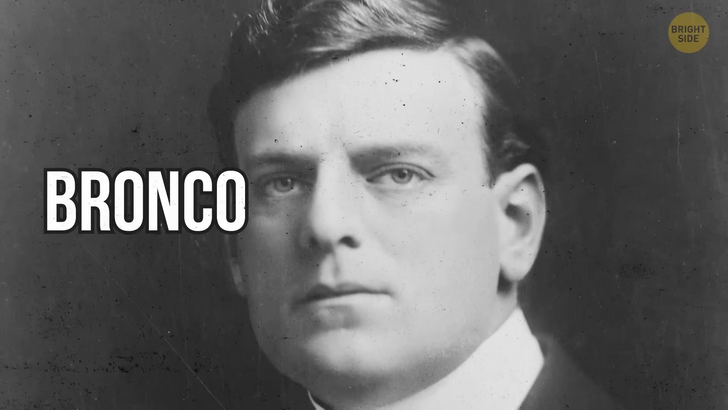
Then, of course came the invention of the telegraph. You might associate cactuses with the wild west more than telegraphy, but it had a huge effect. In 1837, Samuel Morse invented it, and the code needed to send messages. Miles and miles of telegraph poles and wires were erected in the country, and soon after that Pony Express system became unnecessary. It had a short life after the telegraph.
With the telegraph, people send information almost instantly. Yet, the biggest development that transformed the entire country was the construction of railroads. Along with the info, railroads transferred people, livestock, fuel, and of all types of goods. The first railroad to link the continent from east to west was built between 1863 and 1869. New towns were rapidly created along the railways, and the wild west had finally been tamed.











